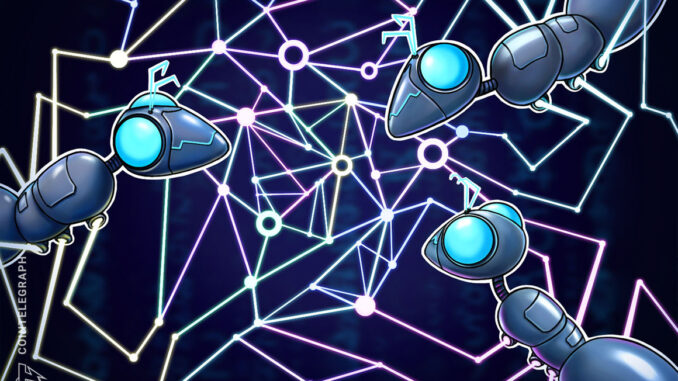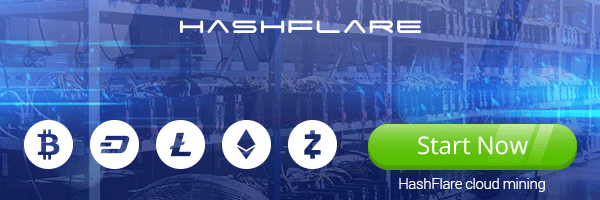
[ad_1]

USD Coin (USDC) issuers Circle have announced that it will soon roll out its stablecoin across five additional networks including Polkadot, Optimism, Near, Arbitrum and Cosmos.
The firm first dropped the news at the Converge22 event on Sept. 28 and noted that support for most of these blockchains will be rolled out by the end of 2023, while USDC on Cosmos will go live at the start of 2023.
In a Sept. 28 statement, Circle’s vice president of Product Joao Reginatto emphasized that the expansion of USDC will provide “greater liquidity and interoperability within the crypto economy,” particularly the commercial sector.
“Extending multi-chain support for USDC opens the door for institutions, exchanges, developers and more to innovate and have easier access to a trusted and stable digital dollar,” he said.
3/ Upon launch, developers will be able to use Circle APIs for fiat on/off-ramps to and from USDC in their products, as well as programmable wallets infrastructure.
— Circle | #ConvergeSF22 | Sept 27-30 (@circlepay) September 28, 2022
In a follow-up interview with Cointelegraph, Reginatto outlined that while Circle initially built USDC on Ethereum as more development and activity was happening there, it always had a vision that the future would be a “multichain world.”
As such, Circle is expanding USDC support under the premise of devs preferring interoperability over working with just one network:
“We knew already at the time that there were a lot of interesting things happening in other ecosystems, and we thought that over time developers and application builders; they are not going to be so much concerned about the Layer 1 or the Layer 2 infrastructure that they’re using.”
“They will want interoperability, they will want flexibility to be able to port their solutions across ecosystems,” he added.
Reginatto did note that while Circle is pushing ahead with expanding USDC support, given the current size of the stablecoin — with a market cap of $48.9 billion — the firm won’t just jump behind any network.
He outlined that Circle conducts a lot of due diligence before it selects the next blockchain to work with.
“There’s a lot of risks that we have now that we perhaps didn’t have two or three years ago. So we take it with a lot of diligence. We have a team of folks across all the functions in the company kind of assessing all these ecosystems and prioritizing them over time.
Once the extra support is officially rolled out, USDC will be available on a total of 13 blockchains. In comparison, Circle’s main competitor Tether currently lists Tether (USDT) support for eight networks on its website.
“Upon launch, developers will be able to use Circle APIs for fiat on/off-ramps to and from USDC in their products, as well as programmable wallets infrastructure,” Circle stated on Twitter.
Related: Circle CEO says blockchain industry is transitioning from dial-up to broadband phase
Commenting on the use cases for USDC and stablecoins in the current context of crypto, Reginatto highlighted key avenues such as marketplace payouts, remittances, and global settlements for financial institutions:
“There’s no real good interoperability across all these banking systems and regional rails. Stablecoins have a really, really good value proposition for that.”
“Stripe utilizing USDC rails for marketplace payouts. Embedding that as part of their marketplace payouts products, just being able to reach people that their customers need to pay out, that with traditional rails they can’t reach. So that there is clear concrete value that the substrate can deliver for those kinds of use cases,” he added.
[ad_2]
Source link




 Bitcoin
Bitcoin  Ethereum
Ethereum  Tether
Tether  XRP
XRP  Solana
Solana  USDC
USDC  TRON
TRON  Dogecoin
Dogecoin  Lido Staked Ether
Lido Staked Ether
Be the first to comment